Formatt Hitech Firecrest ND filters review
Introduction
Formatt Hitech Firecrest ND filters are a new type of ND filter. Unlike Lee filters that use dyed resin, Firecrest filters use a carbon metallic coating that according to their literature create hyper neutral NDs across all spectrums (including UV, visible and infrared). The filters are made from 2mm thick Schott Superwhite glass, with the multicoating bonded in the centre for a better scratch resistance.
A word about long exposure photography
High-Quality Long exposure photography needs a significant investment in both time and money from you. Besides a decent camera that supports bulb mode, you need a sturdy and weatherproof tripod, a high-quality ball head, preferably a programmable remote.
Your camera
There is a long and tiresome debate about the advantages of a full-frame sensor vs. an APS-C camera. Whatever you use depends on your personal preference, suffice to say that to have good quality images for a decent size print, you’ll at least need an APS-C camera. I’ve used both types for long exposure photography and found that at base ISO, results are similar in terms of noise and overall image quality. Noise will build up during long exposures, due to the sensor being on for such a long time, the heat generated adds noise. And you’ll most probably want to do some post processing like sharpening and colour correction, wich will aggravate the apparent noise in your capture.
Bulb mode is a program mode on your camera that allows you to dial in exposure times beyond the standard maximum exposure speed. This is set to a maximum of thirty seconds, this exposure time that can already generate some nice milky/cloudy waves if there is enough movement. If you want to go beyond that, you’ll need to invest in a programmable remote. JJC make these for most camera models.
Lenses
Long exposures can be made with any lens of course, but you’ll get the most spectacular results with wide angle primes or zooms. Fast aperture lenses are not necessary with this type of photography, as you’ll want to set the aperture to the sharpest possible corner-to-corner. This is usually around an opening of f/8-f/11. Using larger apertures will most certainly affect corner sharpness in a negative way, smaller apertures mean you’ll have to deal with a loss of sharpness throughout your image. This loss of sharpness is due to a phenomenon called diffraction. By closing the iris, light at all points of the visual spectrum entering the lens gets scattered or diffracted, causing this loss of sharpness.
Most tutorials will advise you to avoid using lenses beyond f/11, but there are exceptions to this rule. One exception is if you want to get a nice ‘sun star’, where you’d need to close the iris even more. And, of course, it all depends on what exposure times you want to get with the ND filters you have available. I’ve had good results at f/22, with some sharpening in Iridient Developer or Topaz plug-ins, so don’t worry about that too much.
Tripod and Head
I would recommend getting a weather proof tripod. Sand, salt and water are tough on any equipment, and anything that corrodes will suffer over time. Make sure it is sturdy, has a level gauge and balances well with your camera.I use a carbon Manfrotto tripod with a 3-way adjustable head.
Even more important is a good tripod head. I use a 3-way head, this allows me to make quick and precise adjustments. As with all photography, you don’t want to miss that crucial moment where conditions are ideal.
Long Exposure Calculator
The best approach is first to calculate the exposure time at base ISO and your preferred aperture automatically in-camera without any ND filters in front of your lens. Once you have this exposure time, you’ll need to calculate the exposure with your ND filter. Each ‘stop’ number refers to a doubling of shutter speed, ISO or a full stop in aperture (f/1, f/1.4, f/2, f/2.8, f/4, f/5.6, f/8, f/11, f/16, /22). It this case, your main goal is to increase the shutter speed at f/8 and base ISO.
A ten stop ND filter will get you at around 30 seconds to a minute exposures in bright daylight. In the early morning, and during golden hour and blue hour will allow you to take longer exposures. You can always stack several ND filters or get a 16 stop ND 4.8, this will get you 4-6 minute exposures, even in broad daylight.
You’ll find plenty of ‘cheat sheets’ online that will help you with this, but this is the 21st century, and using a smartphone app. There are many available for free; I’ve tried ‘Exposure Tool’ by Instituto Universitario de Microelectronica Aplicada and LE Timer (Long Exposure Photography timer) by C. Sergios.
They usually work like this:
- Choose the filter you want to use (usually in the left-hand column)
- Select the exposure time without ND filter (right column)
- Choose the difference between dark and light areas, for instance, the difference between the sky and land. (Exposure Tool has this interesting added feature)
There are a few other interesting apps available for Long Exposure and landscape photographers. TPE (The Photographer’s Ephemeris) is a map based sun and moon calculator that lets you see how the light will fall on the land, day or night, for any location on earth. Golden hour gives you comprehensive data on the sun for any day of the year and helps photographers around the world plan their shoots for the best possible light.
Filters and filter holder included in this review
Firecrest ND filters
I tested the Formatt Hitech Firecrest ND 3 (10 stops), Firecrest ND 4.8 (16 stops), Firecrest ND 1.2 (4 Stops) and their Firecrest ND Grad Soft Edge 0.9 (3 Stops). All these filters in the 100mm version with Formatt Hitech aluminium filter holder and adapter ring. All these filters come well packaged in wrapping paper with a sleeve for safe storage provided.
Firecrest ND Grad Soft Edge 0.9 (3 Stops)
A Grad Soft Edge filter is ideal for taming bright skies in landscape photography. It gradually darkens a portion of the frame so you can compensate for a wider dynamic range in your scene. The graduated filter gradually lightens from the top to the centre of your frame. It’s oversized, so you can reposition it in the holder to compensate for where your horizon lies.
Firecrest ND 1.2 (4 Stops)
Solid filters like this allow you to slow down the shutter speed. A four stop ND is a good choice for street photography, or scenes with people and movement. It allows for a more dynamic looking image, with a sense of movement.
Firecrest ND 3 (10 stops)
Ten stop ND filters, this is where the fun starts. This will allow you to create a softening effect in any scene where water is involved. Think waterfalls and seascapes with turbulent waters. The effect is already clearly visible with around 30-second exposures, a typical shutter speed you’d get during daylight hours with an ND 3 filter.
Firecrest ND 4.8 (16 stops)
Formatt Hitech is currently the only company that produces 16 stop ND filters. This ND 4.8 will allow for around 4-minute exposures even on sunny days. If you need longer exposures than this, you will have to stack two or three filters. The iPhone and Android apps I mentioned earlier can help you with the exposure calculations here too.
Formatt Hitech aluminium filter holder and adapter ring
The filter holder is made out of machined aluminium, in incorporates three plastic slots in the front of the housing for stacking your filters. This filter holder screws onto the adapter ring. These rings are available in many sizes but are also quite expensive. If you intend to use the filter holder on several of your lenses with different diameters, I would suggest going for the largest lens filter size you have. This will most probably be your widest angle lens, and adapt your other lenses with a step-down rings lens adapter filter set. If you don’t have any vignetting with your widest angle lens, chances are that it is safe to use on your other lenses with a step-down ring.
Firecrest Build and durability
Scratch resistant does not mean scratch-proof. These are delicate pieces of glass, and should be handled so. It’s almost inevitable that you will get some scratches on the Firecrest ND filters. This is made worse by the design of their filter holder. Other companies use felt stickers on the filter holder to avoid this, but these felt stickers wear down, possibly leading to light leaks over time. I do however prefer that approach, as it’s easier and cheaper to replace those than the ND filters.
Firecrest Image Quality
All ND filters will affect your image in some way. The ideal approach is to use a grey card when shooting. This will make it easier to get the right white balance in Lightroom or any other RAW converter using the eyedropper tool. There is an RAW converter called Iridient Developer that allows you to fine-tune white balance in highlights, mid-tones and shadows seperately, and I have found this to be very efficient at removing colour cast.
Although Formatt Hitech’s literature about the Firecrest ND filters would have you believe that there is no colour cast when using these filters, there is. It’s towards the blue-purple spectrum and renders your image quite cold. As I mentioned, all ND 3 filters add colour cast to some degree, and it’s still possible to make beautiful long exposures with these Firecrest ND filters.
Conclusion
Formatt Hitech Firecrest ND filters are high-quality filters for long exposure photography. Their unique carbon metallic coating process allows for a 16 stop ND filter, the world’s first.
These filters do however add a bothersome blue/purple colour cast to your images that is at times difficult to completely remove.
They are also still very susceptible to scratches and breaking, partly due to the Formatt Hitech filter holder that does not use any felt protection. In my experience, it’s almost impossible not to get any scratches on them in daily use. Luckily this does not affect image quality most of the time, with the exception of scenes where direct sunlight hits the ND filter. At this rate (I do a lot of long exposures), I’ll need to replace them very six months a,d I believe companies like Haida and NiSi offer better value alternatives.
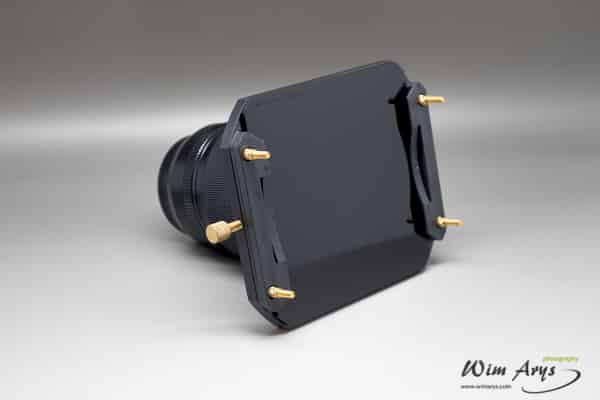
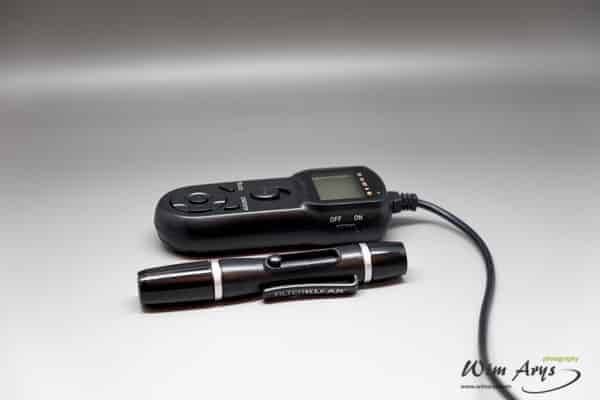
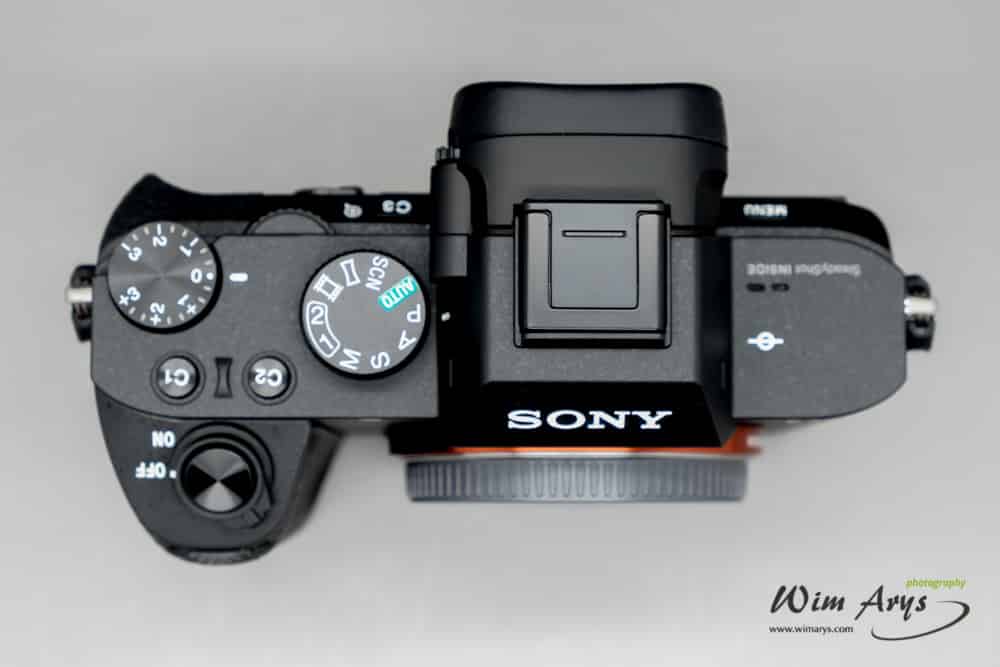
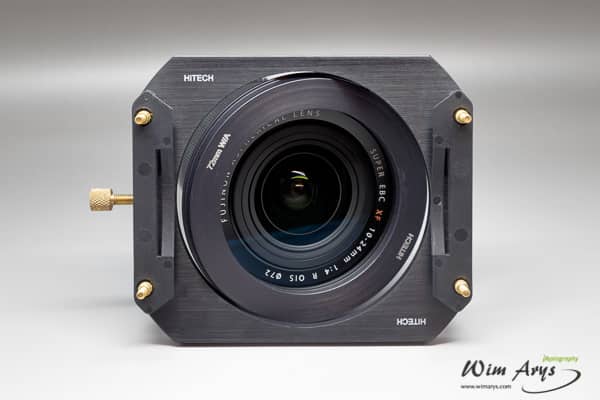
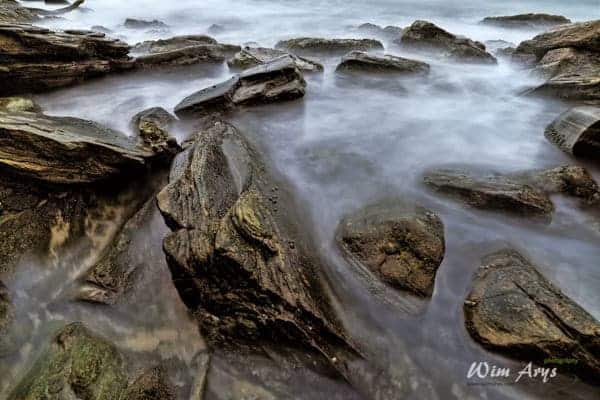
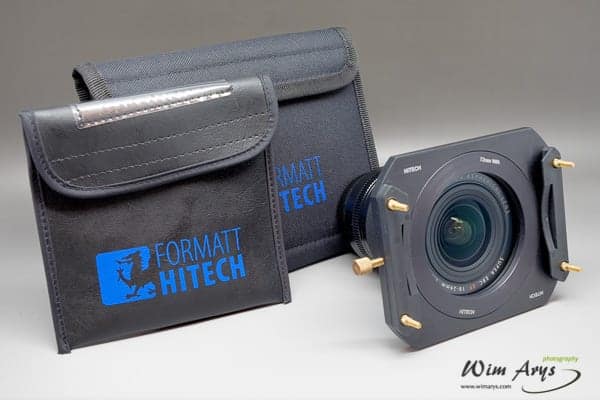
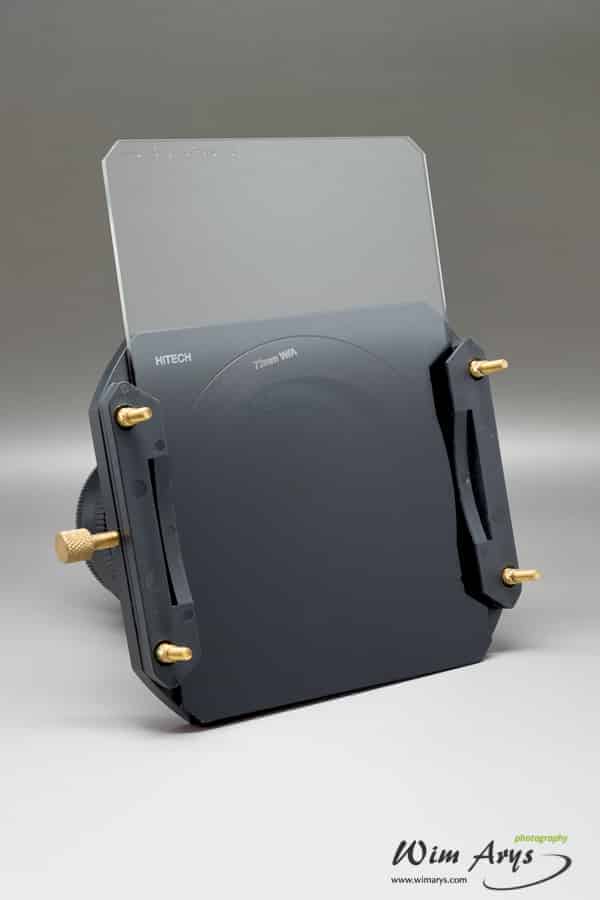
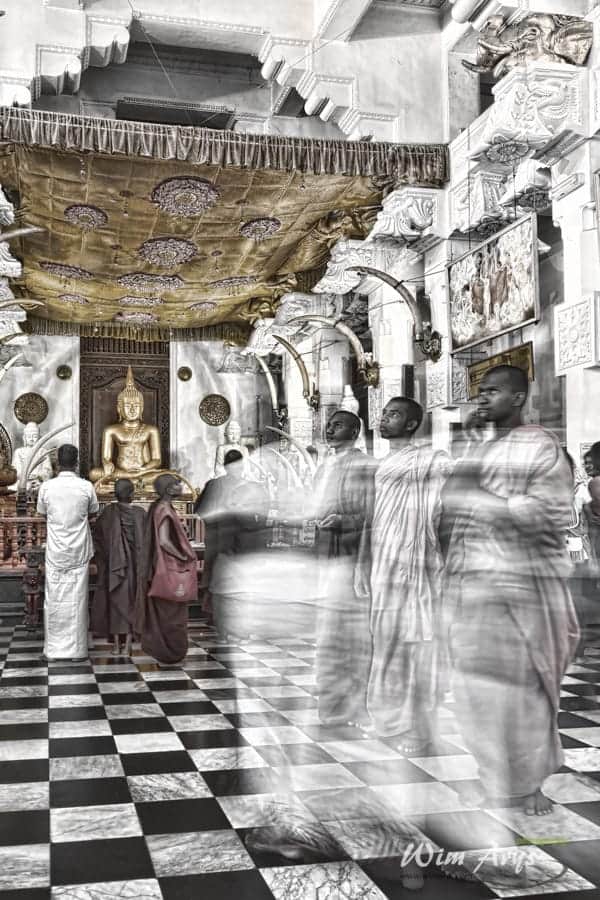
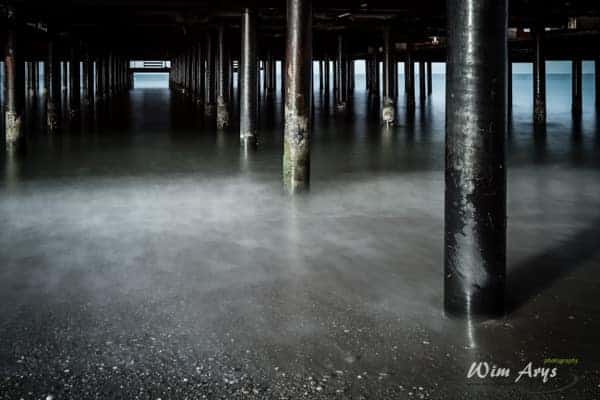
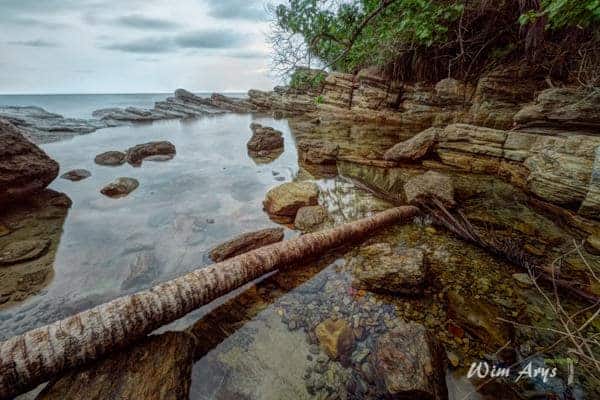
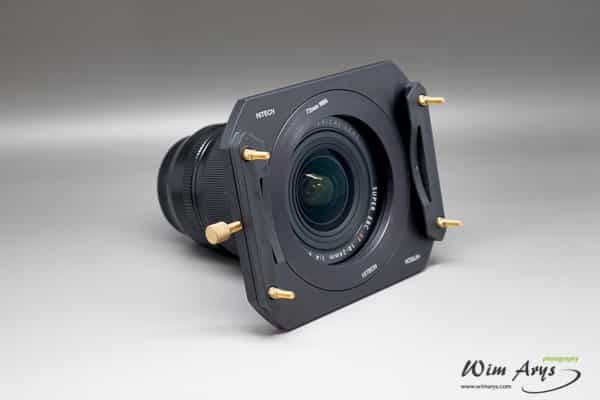
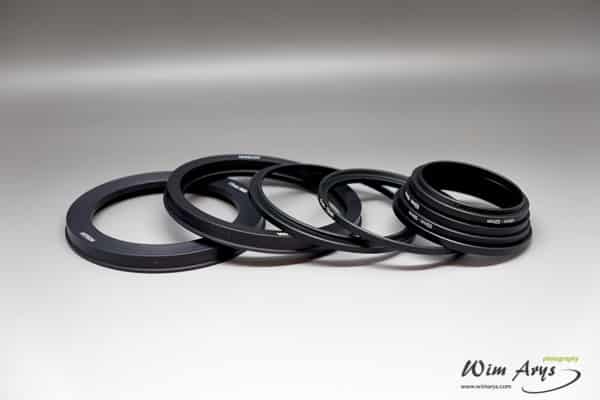
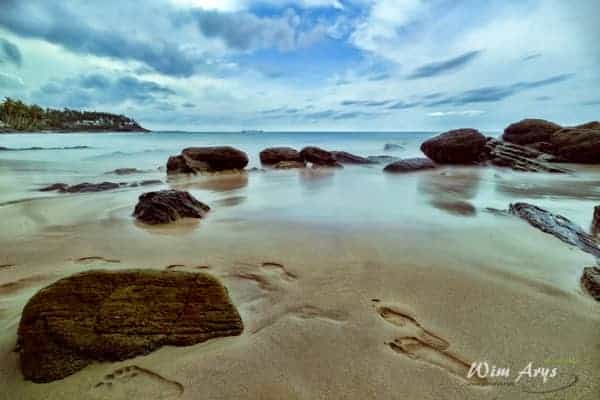
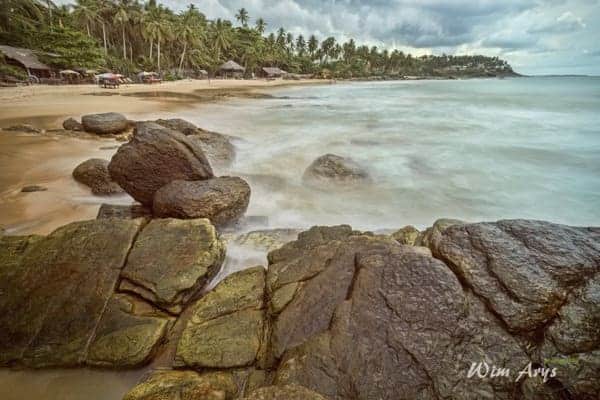
0 Comments